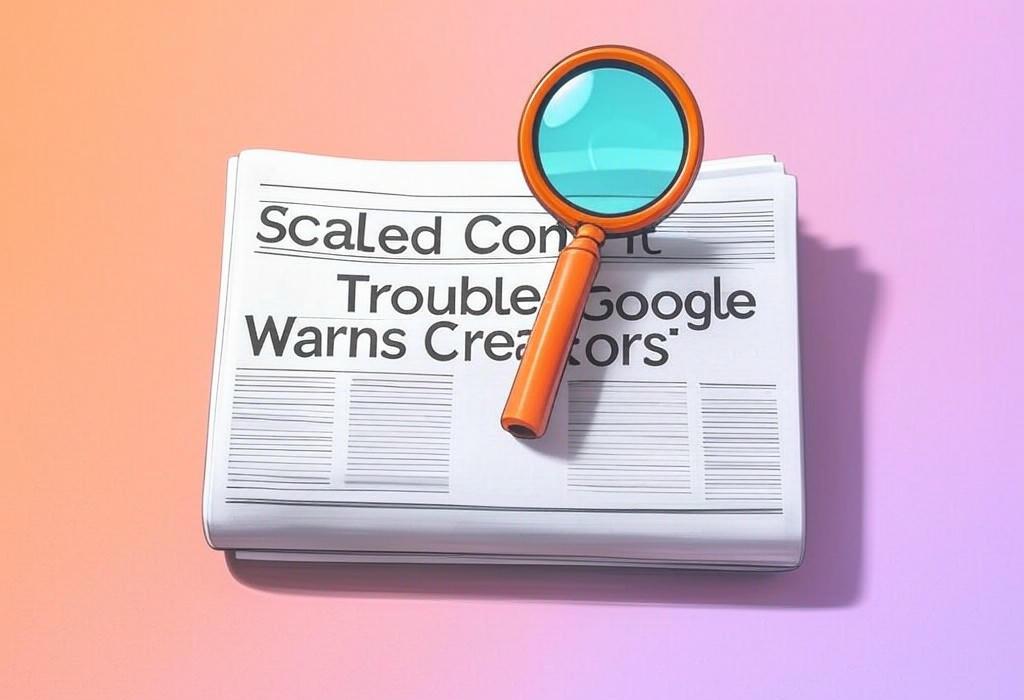
Google Cracking Down on Scaled Content? What Creators Need to Know
Thinking about churning out mountains of content using AI or other speedy methods? You might want to pause and consider what Google’s thinking. Roger Montti recently highlighted some important points directly from Google about this very practice, often called ‘scaled content’.
AI Isn’t the Enemy, Low-Quality Content Is
Here’s the main takeaway: Google doesn’t seem automatically opposed to content just because AI helped create it. Their real concern, according to Montti’s reporting, is content made primarily to manipulate search rankings rather than genuinely help people. It doesn’t matter if it’s AI-generated or human-written at lightning speed; if the core purpose is gaming the system with low–quality, unhelpful material, Google considers it spammy.
Penalties Target Lack of Usefulness
Montti emphasizes that Google’s policies are designed to penalize content created at scale without regard for quality or usefulness. Think pages that just rehash the same information slightly differently or offer no real value to a reader. Using AI as a tool to assist in creating original, helpful, people-first content might be fine. But relying on automation to flood the web simply to grab rankings? Google is signalling that this is increasingly risky and something they are actively working against.
Focus on Value, Not Volume
This really reinforces the need for creators to focus their strategies on genuine value. It’s less about the tool used (human brain or AI) and more about the intent and the final quality. Are you creating something truly useful for your audience, or just adding to the noise? That’s the question creators need to keep asking themselves as Google continues to refine its approach.
What This Means for Your Strategy
What does this mean for your content calendar moving forward? Prioritizing user needs and informational value over sheer output seems crucial.
For all the specific details and Google’s exact quotes, I highly recommend reading Roger Montti’s full analysis. You can explore it further by understanding Google’s official stance on scaled content.
